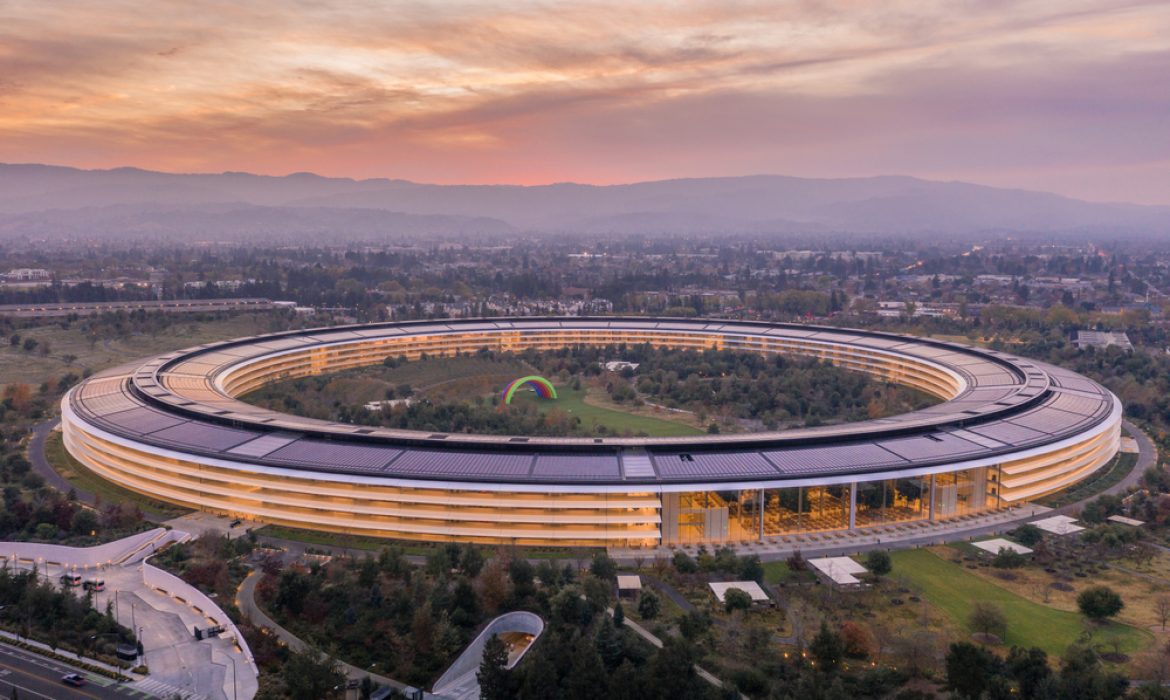Engineers at Apple have been fervently exploring the potential of a mobile robot designed to shadow users within their homes, insiders disclosed under anonymity. Additionally, the tech giant has been refining an innovative table-top device employing robotics to maneuver a display across surfaces.
As Apple grapples with the need to unearth fresh revenue streams, this foray into robotics signifies a bid to secure its footing in consumers’ households and leverage advancements in artificial intelligence. However, the direction of these endeavors remains nebulous, with uncertainties surrounding both projects’ eventual release, as per sources.
The company’s efforts in robotics are bifurcated between its hardware engineering division and its AI and machine-learning group, helmed by John Giannandrea. Notably, executives Matt Costello and Brian Lynch are spearheading the hardware development. Nevertheless, Apple has yet to fully commit to either initiative, labeling the work as still in its nascent research phase.
Investor response to this news was lukewarm, with Apple’s stock exhibiting minimal gains following Bloomberg’s report on the robotics initiative. Meanwhile, iRobot Corp., renowned for its Roomba line, saw a transient surge in its share price, indicative of investor optimism surrounding Apple’s potential venture into the field.
Apple’s pivot towards robotics comes on the heels of its abortive electric vehicle endeavor, which was earmarked as a linchpin for future growth alongside ventures into home automation and mixed reality. However, with the car project shelved and the debut of Apple’s initial mixed-reality offering, attention has shifted towards other potential growth avenues, notably the burgeoning smart home market.
Inception of the table-top robotics project elicited excitement among senior Apple executives, including hardware engineering chief John Ternus. Yet, apprehensions linger regarding consumer willingness to splurge on such a device, compounded by technical hurdles in motor balancing. Discord among Apple executives further complicates the decision-making process.
Amidst this exploration, Apple’s clandestine facility in Cupertino serves as a crucible for testing prospective home innovations, including a home hub device featuring an iPad-like display.
Reflecting on Apple’s relentless pursuit of groundbreaking innovations, reminiscent of the era under Steve Jobs, challenges loom in envisioning a product capable of emulating the iPhone’s meteoric success, which comprised over half of Apple’s 2023 sales.
While Apple’s automotive aspirations harbored the promise of substantial revenue influx, the subsequent shift towards projects like an enhanced Vision Pro headset and health-centric technologies underscores the company’s diversified approach to innovation.
Should Apple proceed with its robotics endeavor, it would join the ranks of tech giants like Amazon, who ventured into home robotics with the Astro model. However, challenges persist in mainstream adoption, as evidenced by the niche status of existing offerings like the Roomba vacuum.
The demise of Apple’s automotive project, albeit a setback, catalyzed the genesis of other ventures, nurturing foundational technologies like the neural engine and paving the way for innovations like the Vision Pro headset.
While aspirations for a fully autonomous home robot capable of seamlessly integrating into daily life persist, the journey remains fraught with technical complexities, relegating such ambitions to a distant horizon.
With vacancies advertised on its website, Apple signals its intent to bolster its robotics teams, underscoring its commitment to shaping the AI landscape that will underpin future product innovations.
Source: Bloomberg
